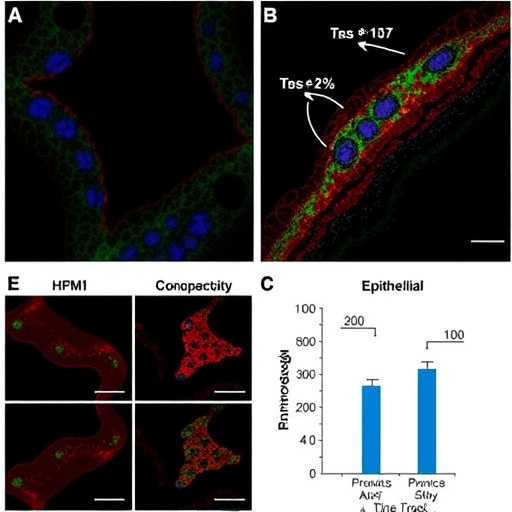An essential part of breast intervention is the process of assessing concordance between imaging findings and core biopsy results. When pathology results are considered benign discordant, current standard of care is surgical excision, even though many of these lesions will ultimately be found benign.
A new study published in the April 2019 issue of the American Journal of Roentgenology (AJR) investigates whether including contrast-enhanced MRI in the assessment process might significantly benefit patient care.
The authors hypothesized that contrast-enhanced MRI — used in high-risk screening and widely considered the most sensitive detection method of invasive breast cancer — could provide useful findings to successfully triage patients with discordant benign biopsy results to surgical or nonsurgical management.
The study, “Use of Contrast-Enhanced MRI in Management of Discordant Core Biopsy Results,” identified 45 patients (46 lesions) who received discordant ultrasound or stereotactic biopsy results and subsequently underwent contrast-enhanced MRI between 2012 and mid-2018. Findings at diagnostic imaging prior to MRI were classified BI-RADS category 4 — suspicious abnormality (between 2-95% likelihood of malignancy).
31 patients had negative or benign MRI findings (32 lesions), confirmed stable at follow-up imaging of at least 6 months in four patients and at least 1 year in 27 patients. Fourteen patients had suspicious MRI findings and proceeded to surgery. All malignancies and borderline lesions necessitating surgery (atypia, papilloma) were defined as disease-positive. Eight of the 14 lesions were ultimately malignant, 4 lesions were borderline. There were two false positive MRIs.
Excluding the four patients with only 6 month follow up confirming stability, sensitivity, specificity, positive predictive value, and negative predictive value of MRI were calculated as 100%, 93.3%, 85.7%, and 100%. The false-positive rate of MRI was 2 of 30 (6.7%); the false-negative rate was 0%.
In conclusion, the authors found that contrast-enhanced MRI in the management of discordant benign core biopsy results did allow a significant number of patients — 31 of the original 45 patients (68.9%) — to avoid unnecessary surgery.
“MRI is the most sensitive test for diagnosis of breast malignancy,” Linda Sanders, MD–one of the authors of the study–said. “Further investigation is recommended to evaluate the use of MRI in specific diagnostic situations, particularly those nine scenarios that the American Society of Breast Surgeons considers indications for surgical excision, including anatomic inaccessibility of lesion, or interval change in a lesion previously diagnosed as benign by core biopsy. An achievable goal is to reduce the frequency of surgery performed on patients with benign disease. A more ambitious goal is to reduce the frequency of benign core biopsies by incorporating MRI into the management algorithm of BI-RADS 4 lesions.”
###
Founded in 1900, ARRS is the first and oldest radiology society in the United States, and is an international forum for progress in radiology. The Society’s mission is to improve health through a community committed to advancing knowledge and skills in radiology. ARRS achieves its mission through an annual scientific and educational meeting, publication of the American Journal of Roentgenology (AJR) and InPractice magazine, topical symposia and webinars, and print and online educational materials. ARRS is located in Leesburg, VA.
Media Contact
Alycia Tessean
[email protected]
Related Journal Article
https:/
http://dx.




